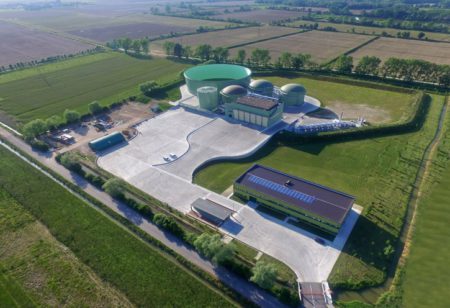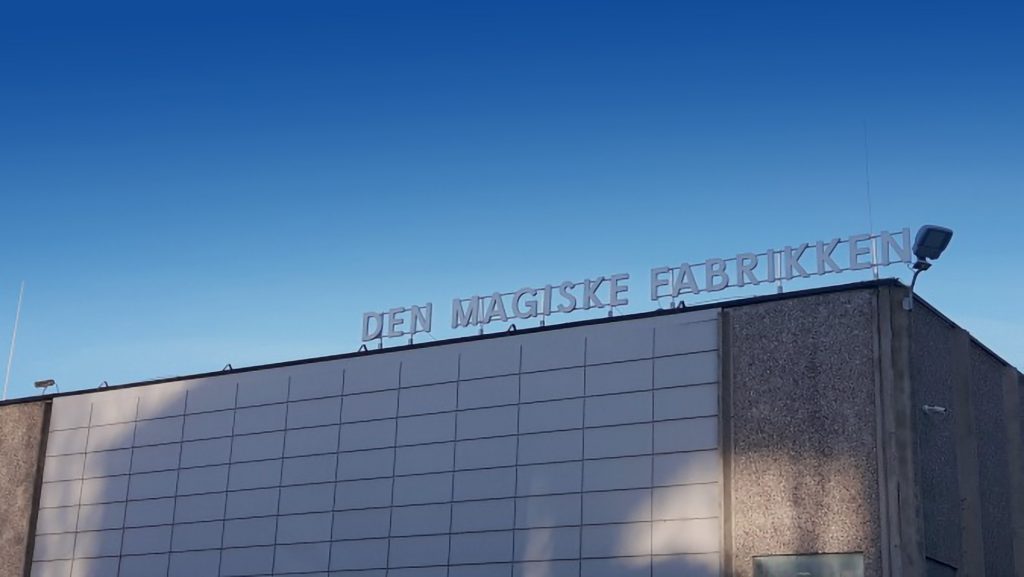Vellezzo Bellini, Italy
Acqua E Sole
2018
Energy
600 Nm3/h
The facility Acqua & Sole (A&S) is located in Vellezzo Bellini and has been established with the aim of meeting the agricultural fertilization needs using renewable resources instead of importing them, thereby increasing the region’s self-sufficiency. Due to the increasing global population pressure, agriculture must increasingly meet the growing demand for food products, leading to an increasing need for fertilizers.
Turning sewage sludge into fertilizer
A&S utilizes sewage sludge from municipal wastewater treatment plants as the primary raw material, demonstrating that the use of digestate is a safe and environmentally friendly alternative to incineration. A&S produces an organic, pumpable fertilizer from the sewage sludge and agricultural biowaste, which is used as nutrients and a carbon source in the fields within the region where the facility is located. The degradation process is thermophilic, meaning it occurs at elevated temperatures. The thermophilic degradation process ensures that the digestate becomes both sanitized (bacteria-free or with significantly reduced pathogens) and highly stabilized (reduced risk of harmful substances and odor), making it a safe and valuable fertilizer for agriculture and contributing to a more sustainable waste management.
The degradation is anaerobic, which means that the sludge breaks down without access to oxygen. The anaerobic degradation occurs under thermophilic conditions, which requires control of ammonia levels to prevent toxic conditions in the digester. Therefore, Aqua & Sole has invested in an advanced nitrogen separator, which is expected to remove up to 40% of the ammonia from the liquid digestate, which is then recycled as ammonium sulfate (AS). At the same time, the facility also produces biogas, a gaseous fuel component consisting of approximately 60% methane. By burning the biogas, the facility obtains the electrical and thermal energy needed to operate. This way, the facility becomes energy self-sufficient, and the excess electricity produced from the biogas combustion is fed into the national grid as renewable energy.
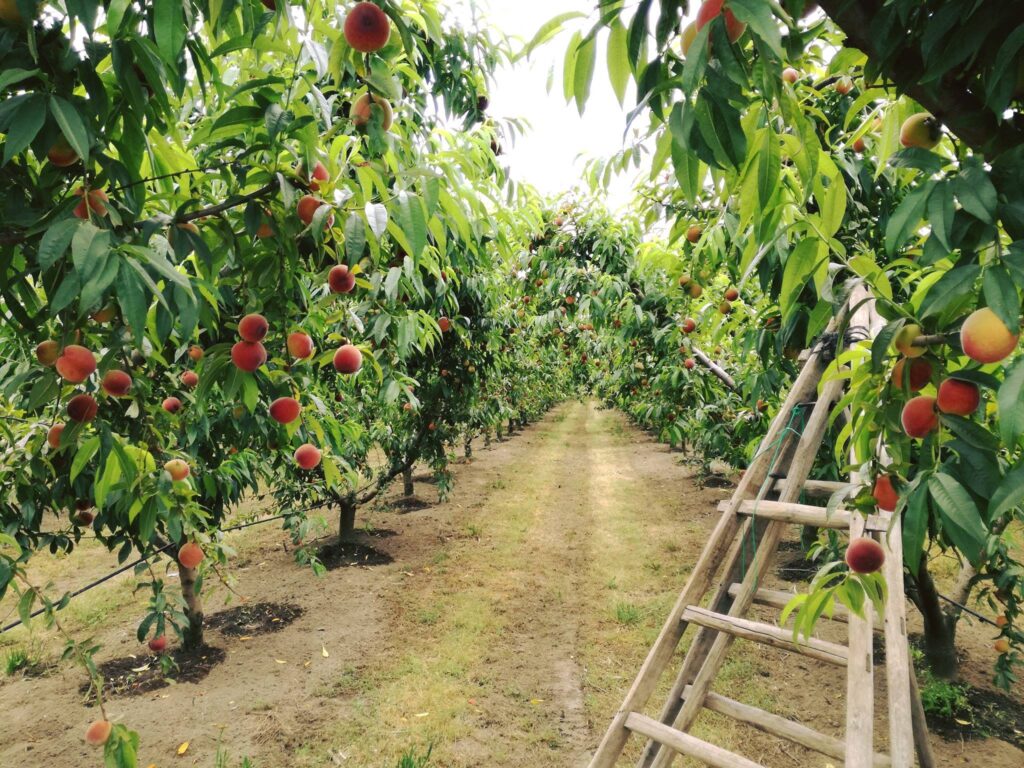
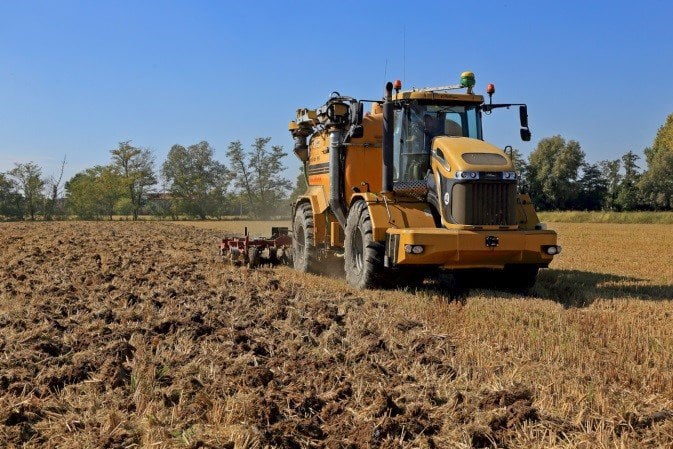
Nutrient recycling in focus
Aqua & Sole places a strong emphasis on nutrient recycling, with a particular focus on developing an efficient system for the distribution of digestate. This system has been developed in close collaboration with local farmers, aiming to maximize fertilization effects and minimize odor and ammonia emissions. In addition to producing digestate, the facility also generates an ammonium sulfate solution through the recovery of ammonia released during the anaerobic degradation process.
Mass and Energy Balance:
In 2020, Aqua & Sole’s biogas production corresponds to 38 m3 of biogas per ton of raw material. The plant produces less biogas compared to demonstration facilities, which is due to the specific composition of the feedstock: 85% sewage sludge and only 15% organic residues from the food industry. Despite the lower biogas production, the plant is still efficient enough to cover the local electricity consumption and heating needs. This means that the biogas produced is sufficient to supply the facility with the energy it requires to operate its processes and meet the local heating demand. This is a positive outcome as it demonstrates that the plant remains economically and energetically sustainable despite the unique composition of the feedstock.
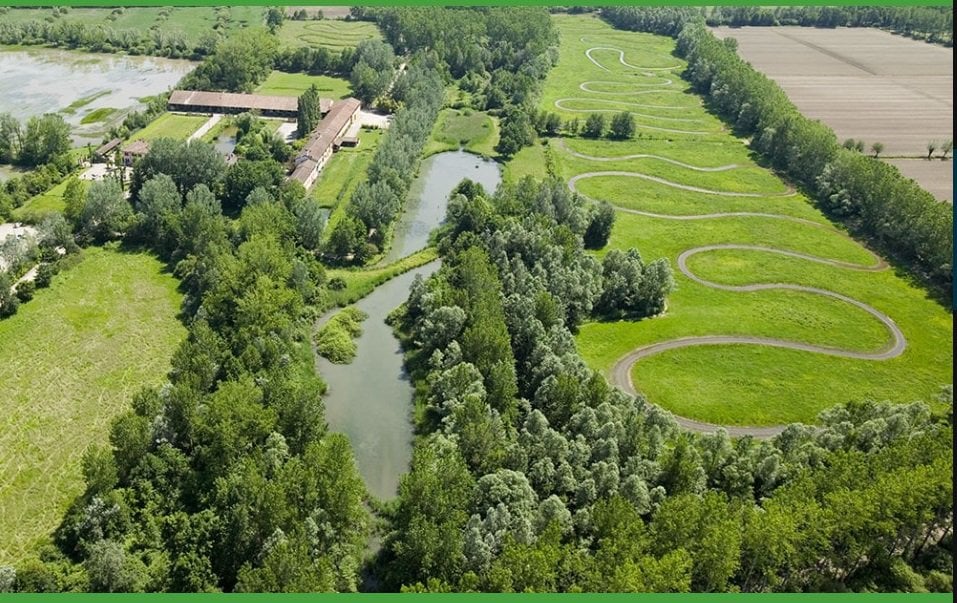
Climate Benefits
Aqua & Sole converts sewage sludge into renewable energy and fertilizers, avoiding the loss of nutrients and organic materials through incineration. No traces of pharmaceutical residues have been detected in the digested sludge and ammonium sulfate, indicating that these substances are broken down during thermophilic degradation. The organic fertilizers not only supply essential nutrients to the soil but also add organic matter and micronutrients. This preserves and improves soil fertility, structure, and water retention capacity, while also enhancing biodiversity, which is a key resource for future generations.

